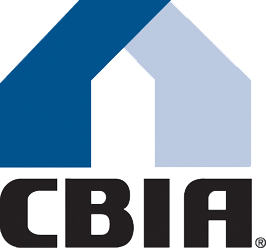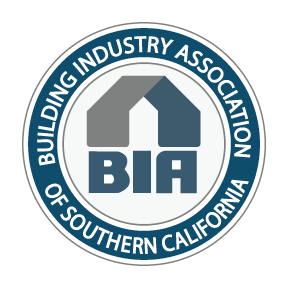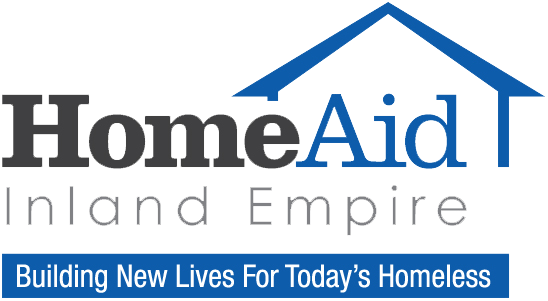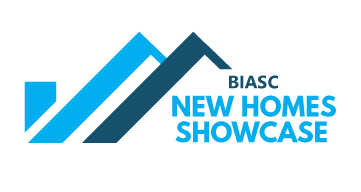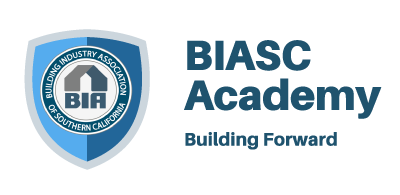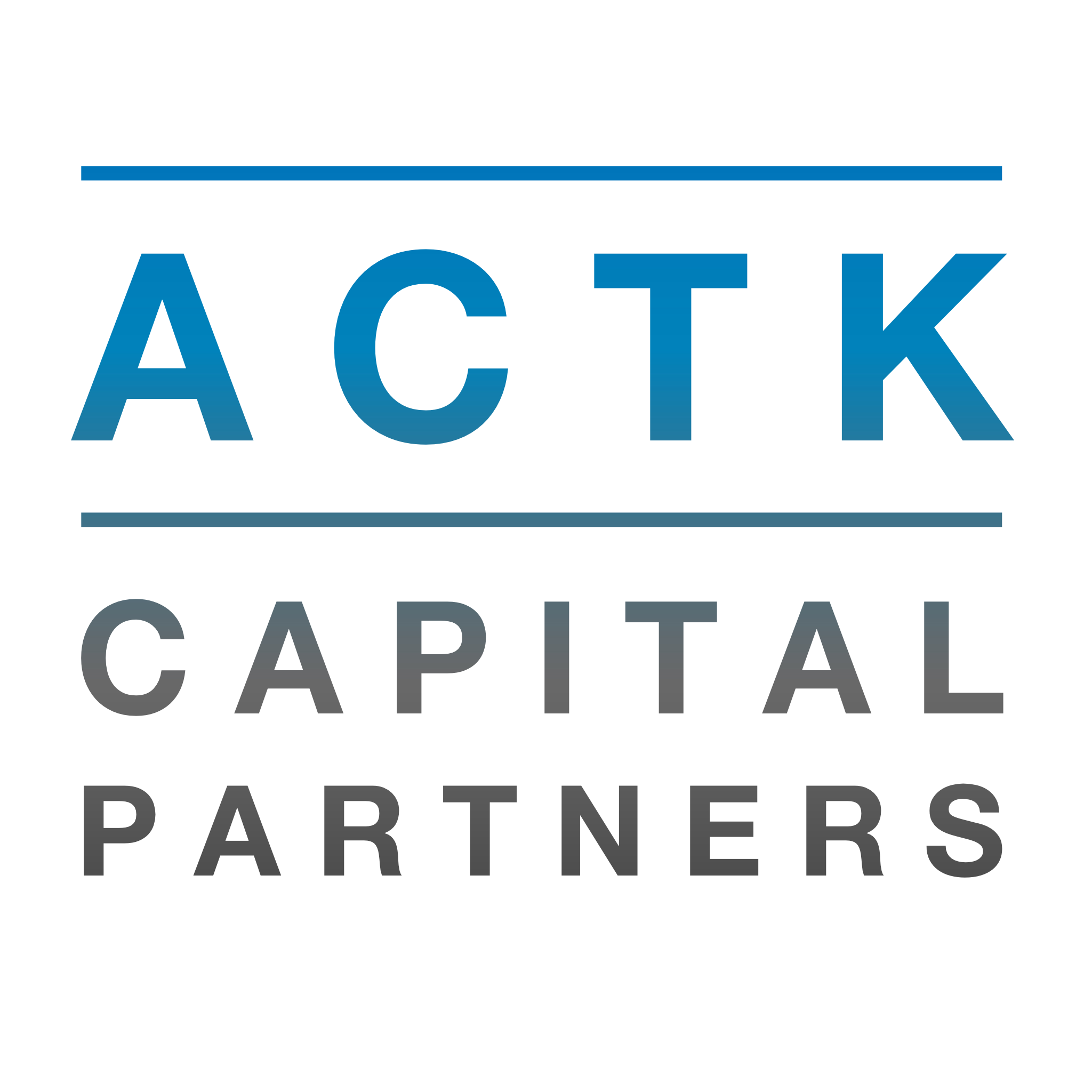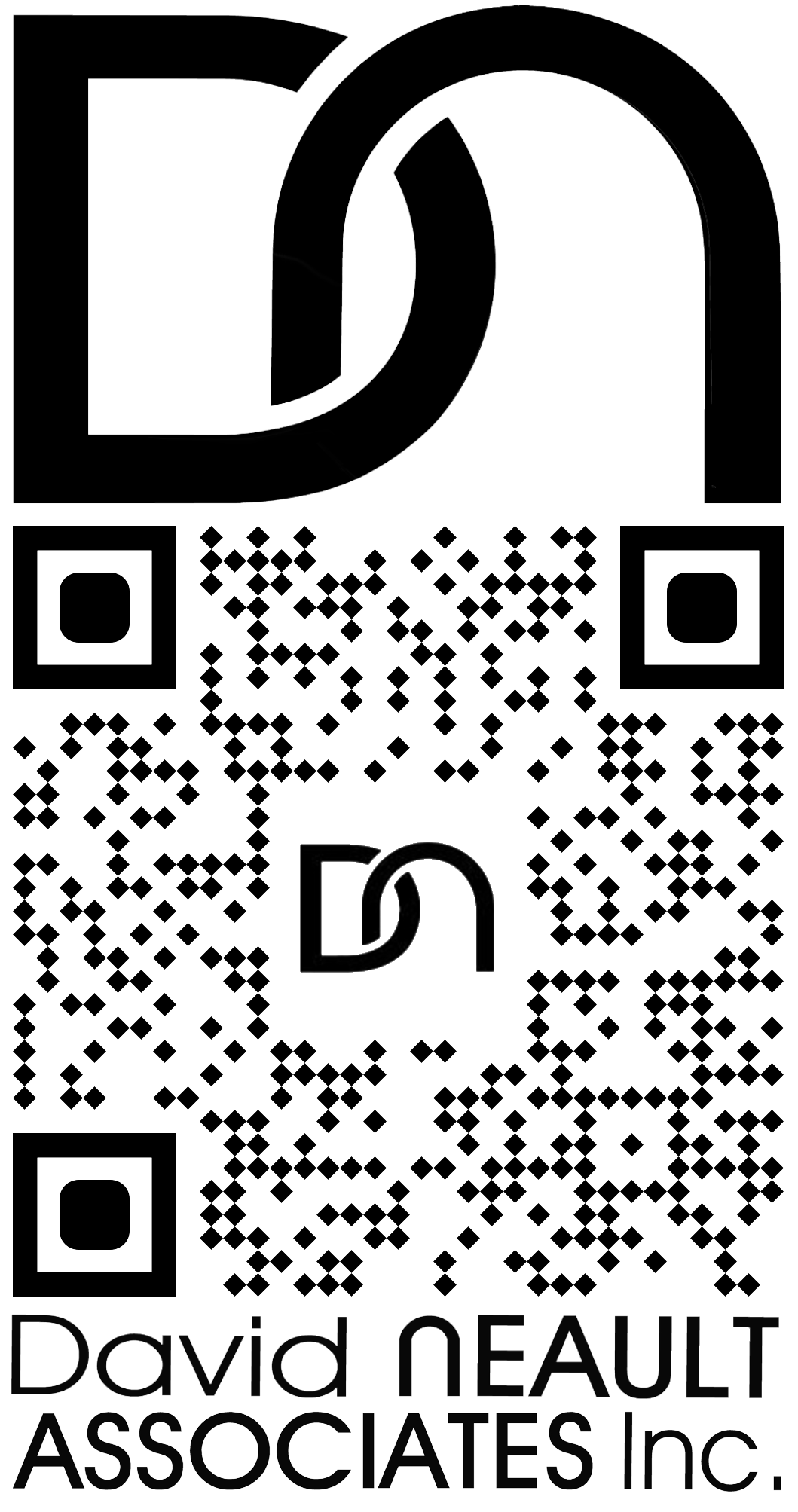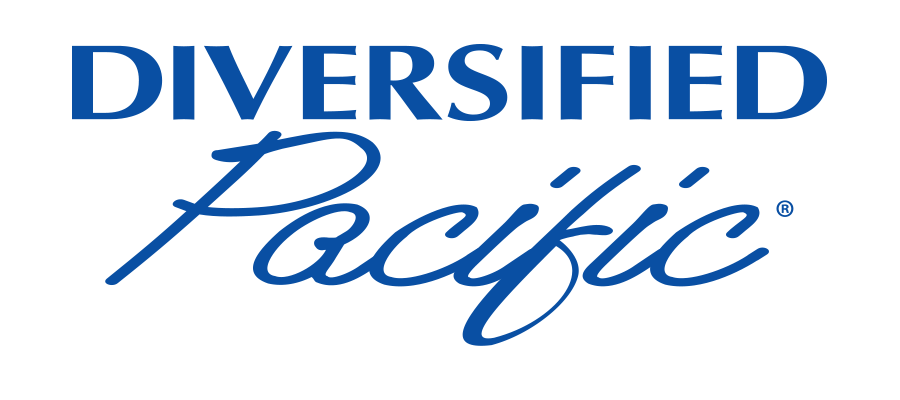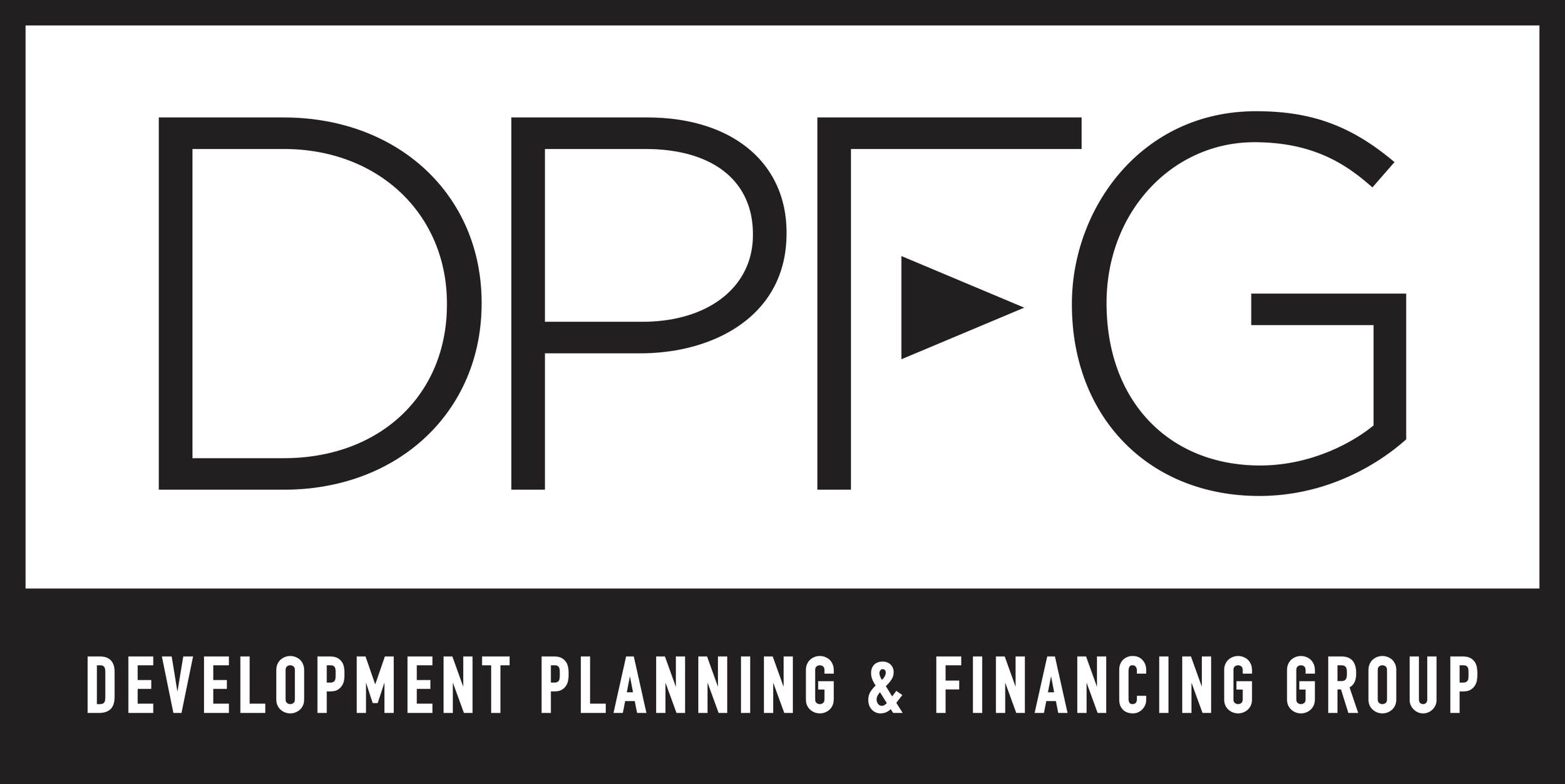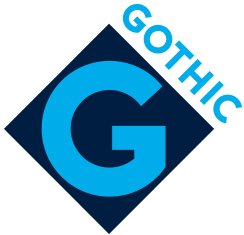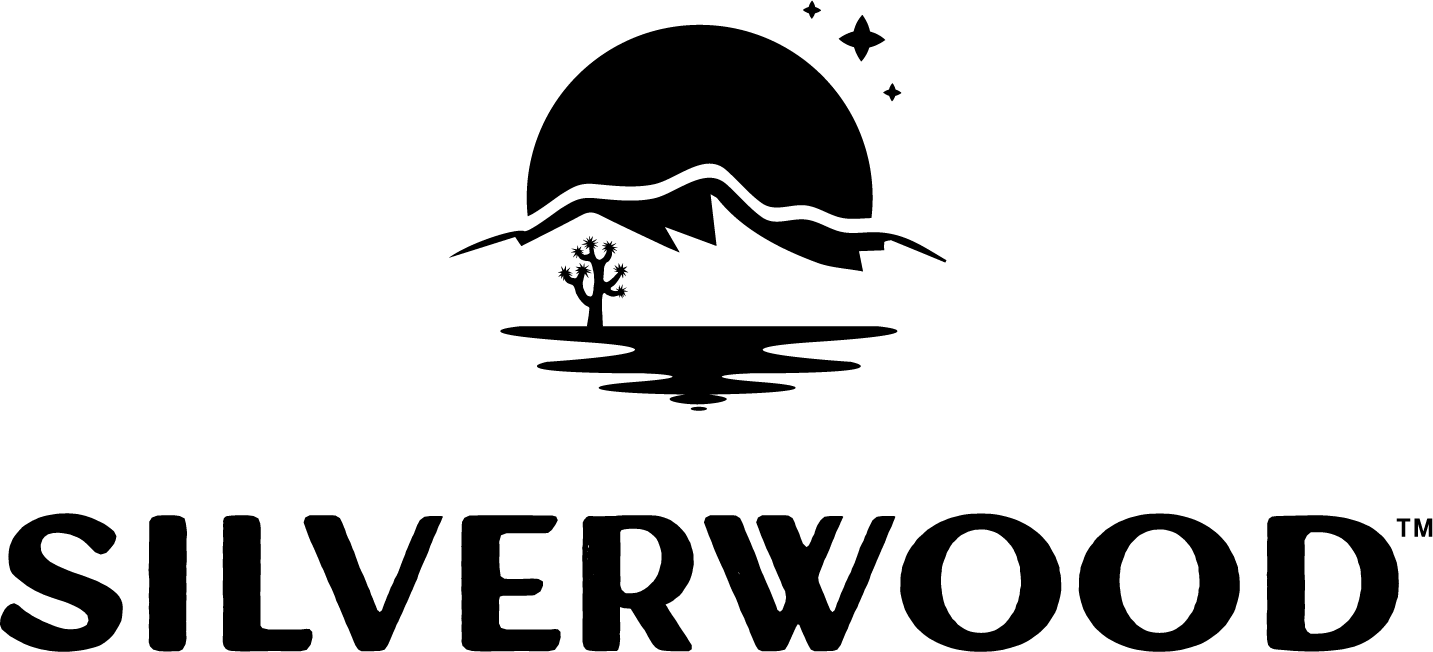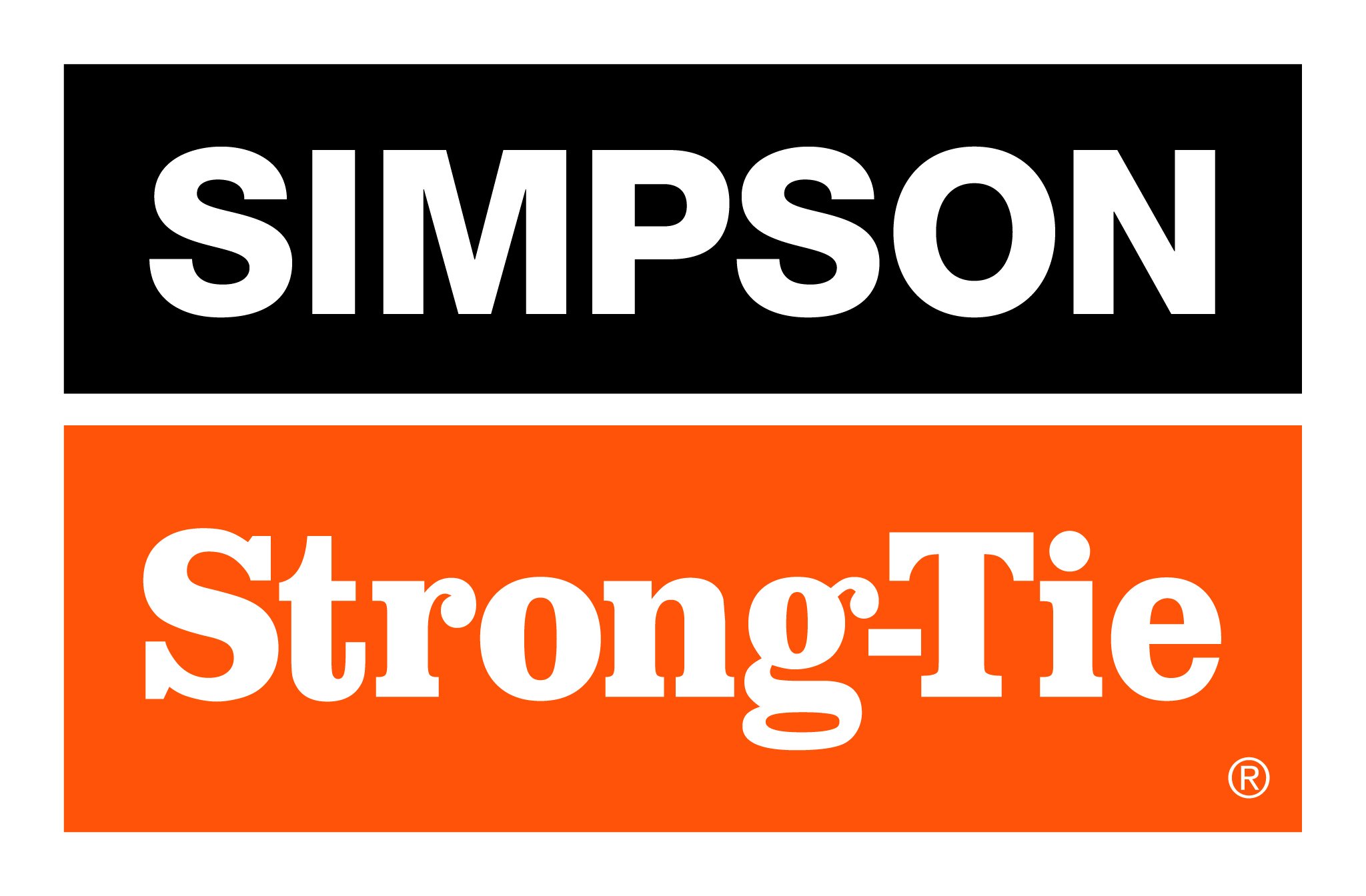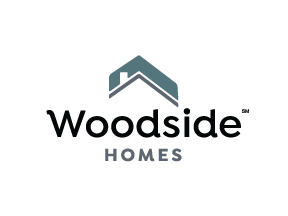By Ali Sahabi of Optimum Group, LLC
President, Building Industry Association (BIA) Baldy View Chapter
Back in the mid-1950s, journeyman Hollywood film director William Castle struck upon an idea that would elevate him from the ranks of anonymous B-movie directors to a horror film legend. Before he began rolling film in downtown Chino on what is now recognized as the cult masterpiece Macabre, Castle took out a second mortgage on his home to finance one of the most innovative concepts in movie marketing history: He had Lloyd’s of London insure every member of the audience against “death by fright.”
The scheme worked and spawned a series of classic horror films promoted by similar gimmicks later celebrated in the 1993 John Goodman hit film Matinee.
Castle wasn’t the first artist to look to his investment in his home finance a business or artistic undertaking – Walt Disney used his home as security for his first animated feature Snow White and the Seven Dwarfs and later to finance his dream theme park, Disneyland. History is rife with examples of visionaries who were able to leverage their homes to realize their dreams.
The security and opportunities that come with homeownership are only some of the many reasons America observes National Home Ownership Month in June as part of a season-long celebration of the American home. Today, homes offer far more than shelter. Today’s new home designs are on the cutting edge of environmental standards, homeowners enjoy freedoms of choice and lifestyle that renters can only dream about. For most Americans, homeownership offers both the biggest and best investment they will ever make and numerous tax benefits. More importantly, homeownership offers the investment advantages of leveraging the value in one’s home because - for most families - home equity represents the largest share of their net worth.
Yet another benefit of homeownership emerged this year when the U.S. Department of Housing and Urban Development (HUD) and the U.S. Census Bureau reported that home owners and their families enjoy greater “food security” than families of renters.
The American Housing Survey - the most comprehensive housing survey in the United States - measured the degree to which Americans’ access to adequate food was limited by a lack of money and other resources, and it attempted to “better understand the balance many lower-income households face between the cost and quality of their housing and putting food on the table,” said HUD’s Assistant Secretary for Policy Development and Research Katherine O’Regan.
The study showed that 15.5 percent of renters were food insecure, meaning they had “low” or “very low” food security as opposed to only 4.9 percent of homeowners.
According to the report, HUD in conjunction with the Department of Agriculture surveyed Americans to “determine whether the dietary quality or food consumption of household members was reduced or normal eating patterns were disrupted because the household lacked money for food any time during the last month. One adult respondent per household was asked questions about experiences and behaviors that indicate food insecurity, such as being unable to afford balanced meals, cutting the size of meals because of too little money for food, or being hungry because of too little money for food.”
No matter how you look at it, homeownership offers benefits that span from rearing healthier new generations of Americans to benefitting the environment and the economy at large. This is why we in the home building industry call homeownership “the American Dream” because homeownership is the primary source of net worth and an important step in accumulating personal financial assets over the long term.
These are just some of the reasons the nation celebrates National Homeownership Month. For more information on remodeling homebuying or homeownership, visit www.biabuild.com on the web.


